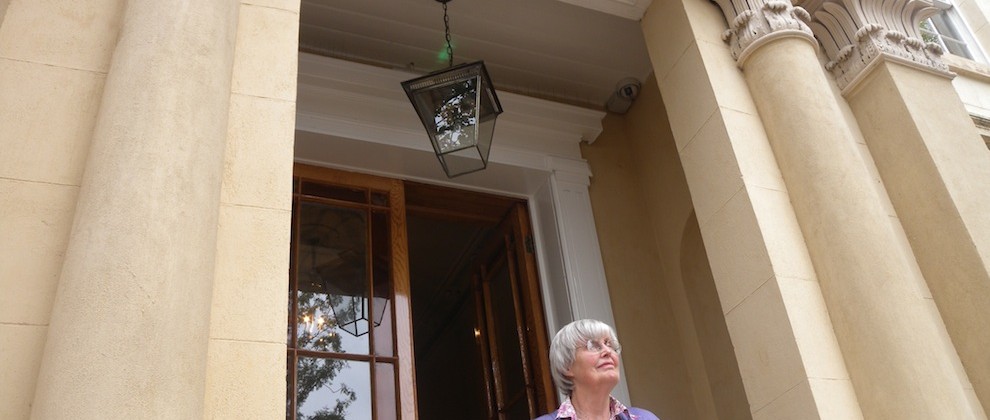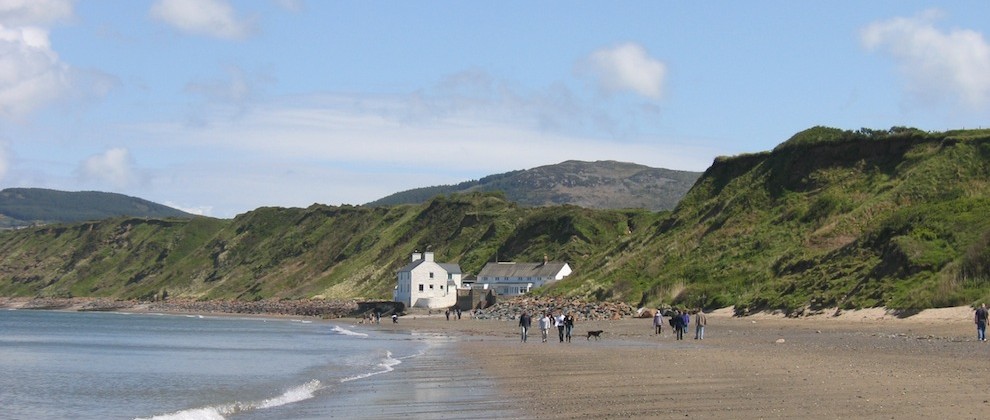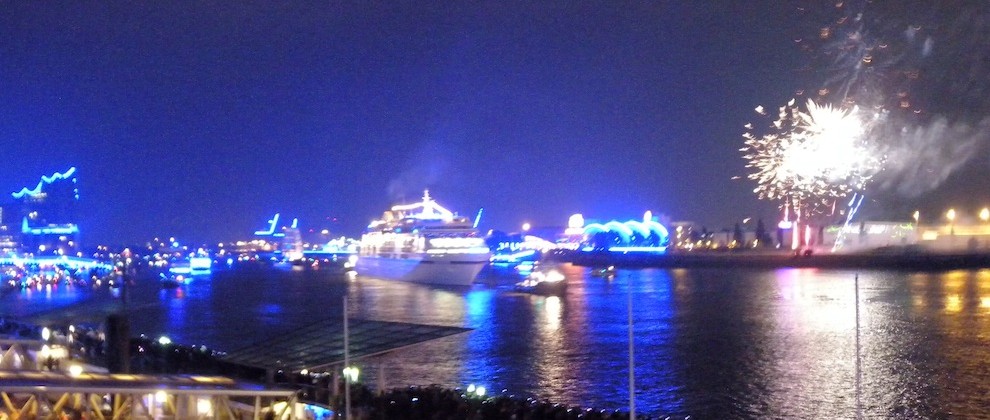
Literary types gather soon for the annual Manchester Literature Festival.
They’re in for a surprise. Manchester has a host of hidden-gem treasures and a slew of new openings for bookish types keen to explore the city’s rich literacy legacy – from Karl Marx observing working life in the mid 19th century to the UK’s current Poet Laureate, Carol Ann Duffy.
“Manchester always had an edgy, radical feel as a city,” says Blue Badge Guide Kate Dibble of Manchester Tours, who leads literary tours of the city.
“Great authors through the ages have always tried to capture it.”
Walking tour
I joined a walking tour to trace a route around the modern-industrial city, following in the footsteps of the writers who have documented its evolution.
We started by Oxford Road train station where the Cornerhouse arts centre – moving to the new HOME development in May next year – remains one of the city’s best bookshops for art and cinema literature.
The short stroll along Whitworth Street West leads us past The Ritz, the gig venue where the performance poet John Cooper Clarke famously met Salome Maloney:
“In lurex and terylene, she hypnotised me.”
The nearby International Anthony Burgess Centre, dedicated to the Manchester-born author of the dystopian novel A Clockwork Orange, houses an eccentric collection of possessions, including letters to the film director Stanley Kubrick and his personal copy of A Clockwork Orange with doodles by the author.
The upstairs performance space hosts author Blake Morrison for the Burgess Lecture during the MLF on October 16, while the guided Unlocking the Archive tour is on October 22.
Heading towards St Peter’s Square, Manchester Central Library reopened in March this year after a £50m refurbishment to open up the library as a living-room space for the city.
It has welcomed some 300,000 visitors since, combining a high-tech media lounge, contemporary exhibition space and an interactive children’s library with the faithful restoration of the original architectural flourishes to their 1930s glory.
Neil MacInnes, Head of Libraries, Information and Archives, says:
“It’s the library as the street-corner university, a place to engage with knowledge and wisdom.”
Hushed reverence
By contrast, a visit to the Portico Library and Gallery, the Neo-Classical newsroom and library accessed from Charlotte Street, is like stepping back in time.
The 19th-century collection of dusty tomes, including travel literature, biographies and first-edition fiction, offers an insight into the mindset of Manchester in the industrial age. The genteel Reading Room is for members only but the café and gallery is open to all, as is the programme of literary events.
Cutting through the sidestreets towards Deansgate, the John Rylands Library, named after the 19th-century cotton magnate, is the third largest academic library in the UK.
Transformed by fusing a modern wing onto the existing neo-Gothic structure, new exhibition space and a study centre now complement the hushed reverence of the historic reading room. The John Rylands has a tour of the building and its collection on the third Thursday of each month.
Chetham’s Library, the oldest public library in the English-speaking world, traces Manchester’s literary legacy back to the medieval period.
The 17th-century Manchester textile merchant Humphrey Chetham established the library in his 1651 will as a free library for the use of scholars and the rambling space of cloisters and courtyards has been a haven for study ever since.
Friedrich Engels and Karl Marx researched here and their desk is now a place of pilgrimage in the 16th-century, wood-paneled reading room.
Writing in The Condition of the Working Class in England, Engels describes industrial Manchester:
”If anyone wishes to see in how little space a human being can move, how little air he can breathe, how little of civilisation he may share and yet live, it is only necessary to travel hither.“
Literary legend
I finish my tour in the city’s Ardwick district where Elizabeth Gaskell’s House, the family home of the Cranford author, reopens on October 5 after three years, restoring the Grade II-listed Regency villa as if the family had just popped out and left the table set for dinner.
The opening is timed to host two MLF events, the Manchester Salon exploring Gaskell’s 1855 novel North and South on October 8 and a walking tour of Gaskell’s Manchester, culminating at the house, on October 15.
Gaskell documented Manchester’s burgeoning industrial revolution from her writing desk at 84 Plymouth Grove after the family moved to the house in 1850 and her views contrasted starkly with the ideals of the Victorian era.
“As a female voice, few were as courageous as hers,” says Janet Allan, Chair of the Manchester Historic Buildings Trust [pictured above].
“Her greatest skill was to use storytelling to address the social issues of the era.”
A walking tour of Manchester proves the city may have evolved but its penchant for speaking out remains a constant source of literary inspiration.
What did you think of this story? Post your comments below.
This story first appeared in The Guardian in 2014. Liked this? Try also A weekend in Manchester’s Chinatown.



